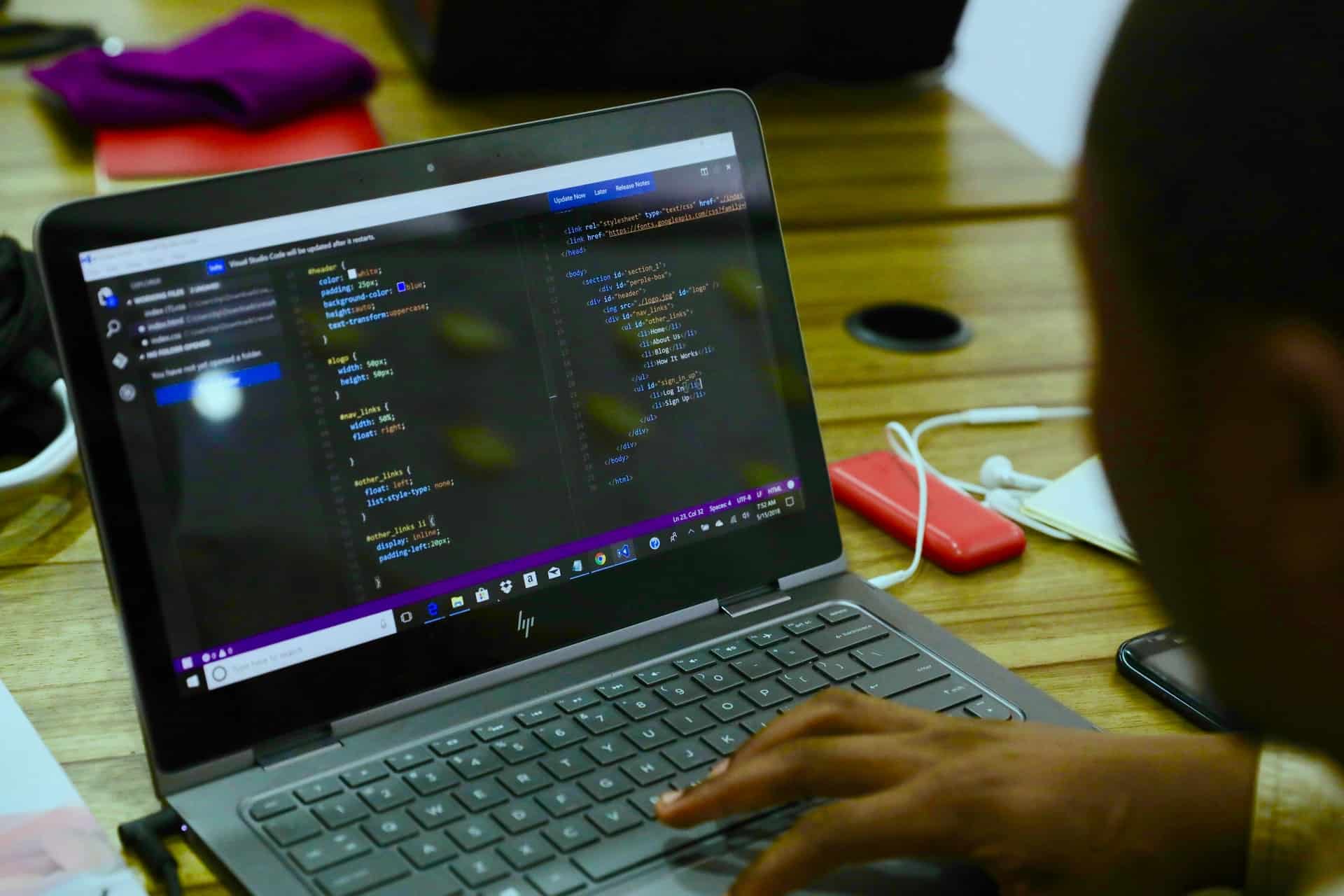I remember the days where every tech company seemed to offer subscriptions to anti-virus programs if you bought a new device or piece of tech. Those days have left their mark—a mark that has people believing an anti-virus is enough to combat any cybercriminal or hacker.
But an anti-virus is only capable of stopping any known virus, not anything else. The 2010’s saw cybercriminals becoming more and more sophisticated, up until today, where their arsenal is about as wide as the oceans.
Let’s go over a few ways cybercriminals can still hurt you without the use of viruses. After, we can discuss the ways you can protect yourself from said threats.
The Risks Facing the Public in 2022
1. Growing Ransomware Attacks
The use of ransomware in cyberattacks increased exponentially throughout the late 2010’s, and 2020 will only see this trend continue. This is because ransomware offers cybercriminals a simple way to bring a user to their knees and force them to pay a certain amount of money just so that the user can have their files back.
For those who don’t know, ransomware encrypts a user’s hard drive and locks them out of their device. The only way to regain access is to pay an exorbitant fee.
2. Deepfakes
Speaking of the late 2010’s, let’s talk about another product from that time: deepfakes. Deepfakes have been around for decades, but it was only in the 2010’s that the public realized the technology that existed.
The word deepfake refers to the practice of using machine learning to fake the appearance or voice of someone else. For example, someone could easily deepfake Trump talking about an imminent war. It wouldn’t be real, but it would be convincing, and that’s why they’re dangerous.
3. Hardware Vulnerabilities
Intel’s Spectre debacle a couple years back had many people concerned about the state of hardware security—rightfully so. The exploitation of hardware vulnerabilities is on the rise, and we can’t expect it to stop anytime soon.
4. AI-Enhanced Cyberthreats
Cybercriminals have come to the realization that AI works pretty well with viruses and malware. Because of this realization, we’ve seen a sharp increase in the use of AI-fueled cyberthreats, cyber attacks that are spread and worsened by the use of AI.

4 Effective Security Tools to Protect Yourself
1. A VPN
A virtual private network (VPN) encrypts your device’s data, along with your network. This makes the data unreadable for any cybercriminal on that network. Using a VPN on public networks or when you’re sharing a network with other people is borderline-essential nowadays.
2. Vulnerability Scanners
Vulnerability scanners don’t do anything fancy like encrypting your device or storing all of your data in a secure place. No, vulnerability scanners are something you should use before and after you configure your network for security.
A vulnerability scanner scans your network and tells you any vulnerabilities that exist, allowing you to target that specific vulnerability. Very useful nowadays, and will continue being so for…ever, really.
3. Password Managers
According to recent studies, many people reuse the same password, and this password tends to be short, weak, and generally uninspired, giving cybercriminals easy access to their accounts.
There’s one way to remedy this: password managers. Password managers allow you to generate strong passwords and store them in a secure locker of-sorts. This way, you have easy access to your passwords and have no excuse to reuse the same one.
4. Limit Information
Lastly, and this isn’t much of a security tool as much as it is a piece of advice, you need to limit the amount of information you give out. Remember when I mentioned deepfakes? All someone needs is your selfie to deepfake you.
You don’t have to go blackout on social media, but you do want to limit the amount of personal information you give out.


